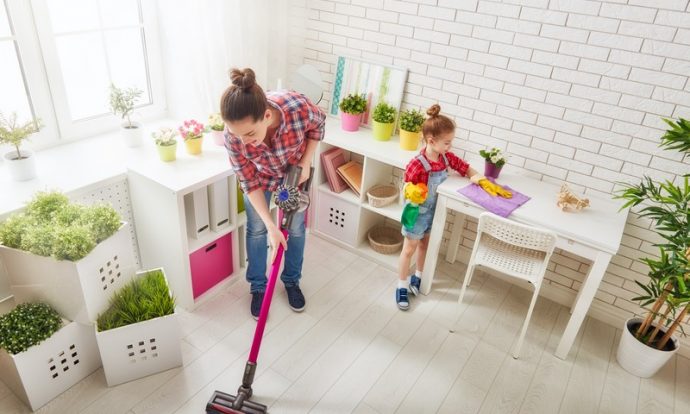Do you ever feel like your child doesn’t listen? Do you get into power struggles when you want your child to do something? A positive relationship with your child is the most important tool that you have for getting your child to listen and follow directions. At Right Steps ® Education, we encourage parents to understand that clear directions must be age appropriate for them to be effective. Good directions can dramatically reduce the chance that your child will forget or misunderstand what you’ve said. Likewise, good directions can help you achieve positive daily interactions with your child.
With a few keys for giving good directions, you can rest assured that your child will learn how to respond appropriately when needed. One way to help encourage your child’s positive response is by making sure that you have your child’s full attention when you give the directions. Calling out directions from another room isn’t always effective because you don’t really have your child’s full attention. Make eye contact and make sure that your child isn’t distracted by something like a game or the television.
Another key to giving good directions is to be clear about what you want your child to do and to be clear about when he or she needs to do it. Directions that are vague or that don’t make sense will likely not be followed. At Right Steps ® Education, we suggest that you give short, one-step directions first, then gradually work up to more steps as your child shows success with following your requests. You might also want to have your child repeat the directions back to you after you give them. This will clarify for both of you that the directions are clear and can be easily followed.
Try to avoid asking questions when you want your child to do something. For example, don’t ask “Can you pick up your cars now?” This only gives your child the opportunity to say no. Instead, simply tell your child in a clear, concise way that he or she needs to put the toy away. Some parents incorporate a short, catchy song to request what they would like accomplished. This can help with transitions, as well. As a parent, it’s always best to model good listening skills during playtime and to give your child positive attention when he or she responds with good listening skills, as well.




